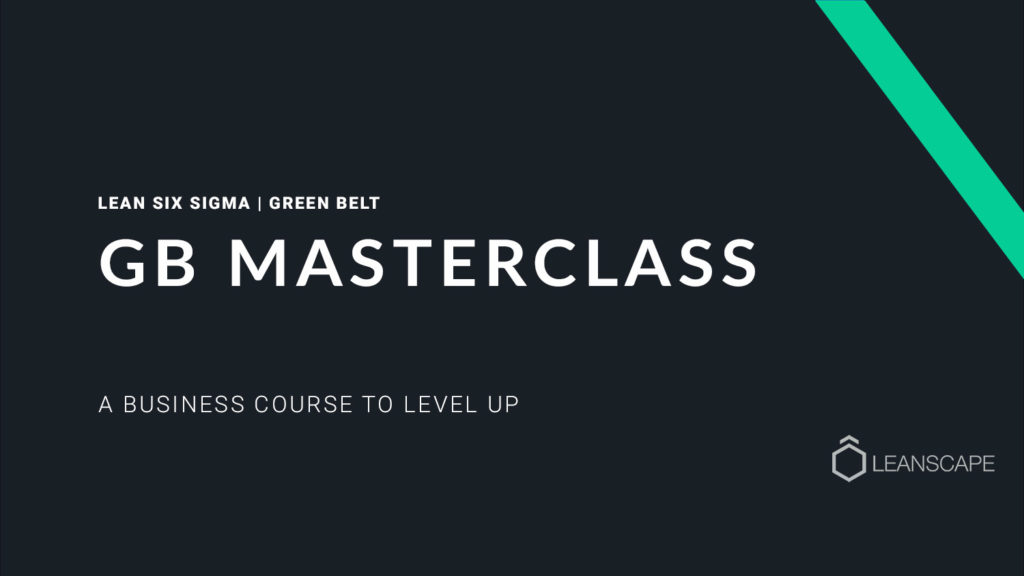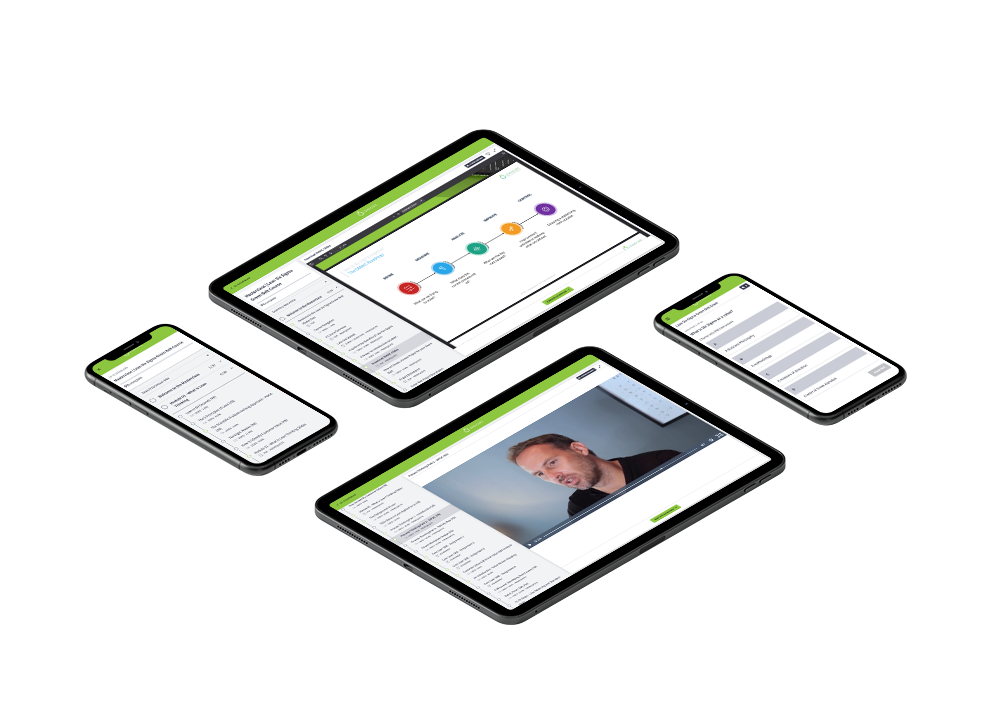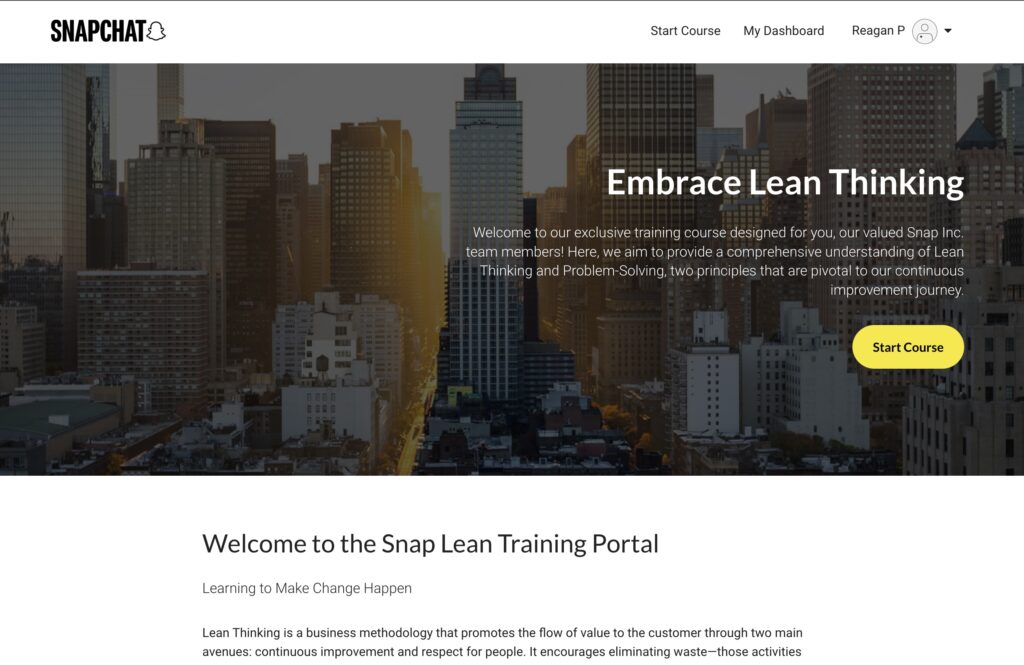Innovation is the lifeblood of any successful business. But the traditional way of business innovation is expensive, time consuming and uncertain. Enter the Lean Startup Model Canvas—a tool that can change how your organisation approaches innovation and your business idea. By using this model in your organisation, you can be more agile, cost-effective and data driven and more competitive and adaptable in today’s fast-changing market.
Traditional Innovation Fails
Innovation in the traditional sense means extensive planning, big capital investment and a lot of risk. Traditional business plans are long and detailed and take a lot of time and effort to create, and the Lean Canvas is a one-page alternative that allows entrepreneurs to quickly sketch out their ideas and test assumptions. Organisations spend months or even years developing products or services based on assumptions about what customers might want. Often, those assumptions are wrong, and products or services fail. This not only wastes resources but also kills creativity and responsiveness.
The Lean Startup Methodology
The Lean Startup Model Canvas is fresh air for outlining and validating a business model. Developed by Eric Ries, this lean canvas tool is about building a minimum viable product (MVP) and using customer feedback to iterate and scale. The lean startup methodology is about the rapid development and validation of business models and products. Here’s how it works:
- Problem Identification:
- Identify and define the problem you are trying to solve.
- Talk to real customers to validate the problem exists and is urgent.
- Solution Hypothesis:
- Create a hypothesis for the solution.
- Build an MVP to test this hypothesis with minimal resources.
- Key Metrics and Early Adopters:
- What are the key metrics for the MVP?
- Who are the early adopters that will give you feedback.
- Channels and Revenue Streams:
- How will you reach your early adopters?
- What are the revenue streams and can you test them?
- Cost Structure and Unique Value Proposition:
- What is the cost structure of the MVP.
- What is your unique value proposition that differentiates you from others.
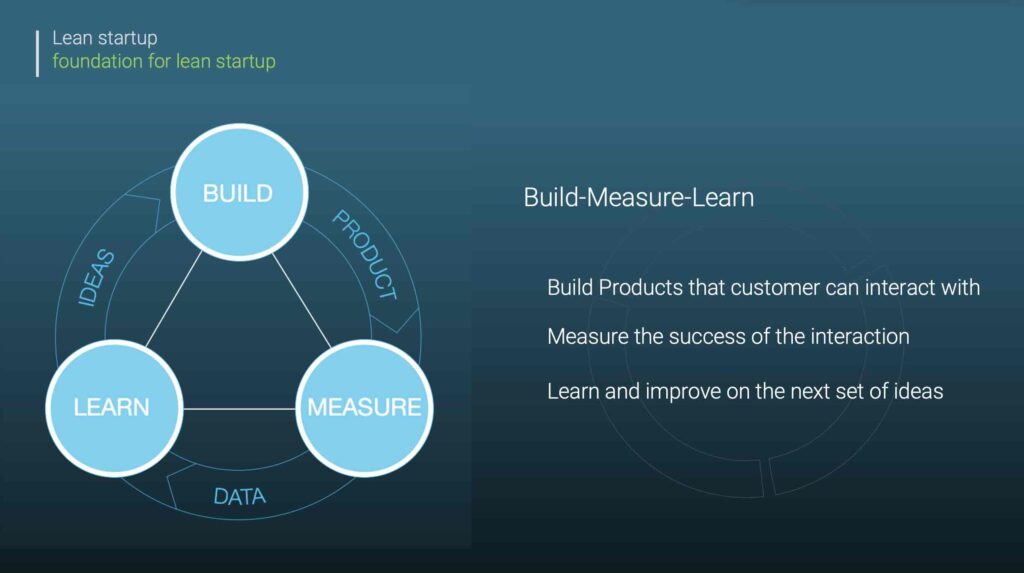
How to Implement the Lean Startup Model Canvas and Key Metrics in Your Organisation
Implementing the Lean Startup Model Canvas in your organisation requires a mindset and process change. Here’s how to get started:
Educate and Train Your Team:
Run workshops and training sessions to familiarise your team with Lean Startup principles and the Canvas tool. Introduce the concept of ‘key partners’ as part of the foundation elements in your business model.
Encourage Experimentation:
Get your team to test assumptions, run experiments and learn from failures without fear of retribution. Identify and understand ‘customer segments’ so you can tailor your experiments.
Start Small:
Start with a small project to pilot the Lean Startup approach. Use this as a learning experience to refine your process before scaling up.
Use Technology:
Use technology tools for data collection, analysis and communication to make your Lean Startup easier.
Measure and Iterate:
Measure the outcomes of your experiments and iterate based on the results.
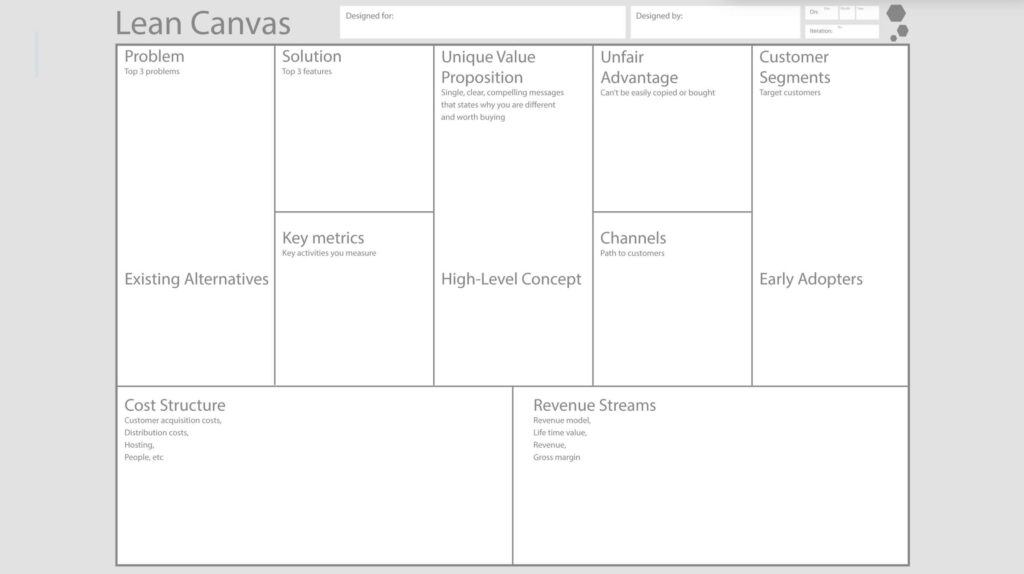
Action
In a fast-paced, competitive business world, standing still is not an option. The lean business model canvas is a proven framework for lean innovation, cost reduction, and time to market. Talking to target customers is key to gathering insights and iterating your business model. By doing this, you can become more agile, customer-focused, and resilient.
Get started now and innovate your way to new growth. Your future self will thank you.


